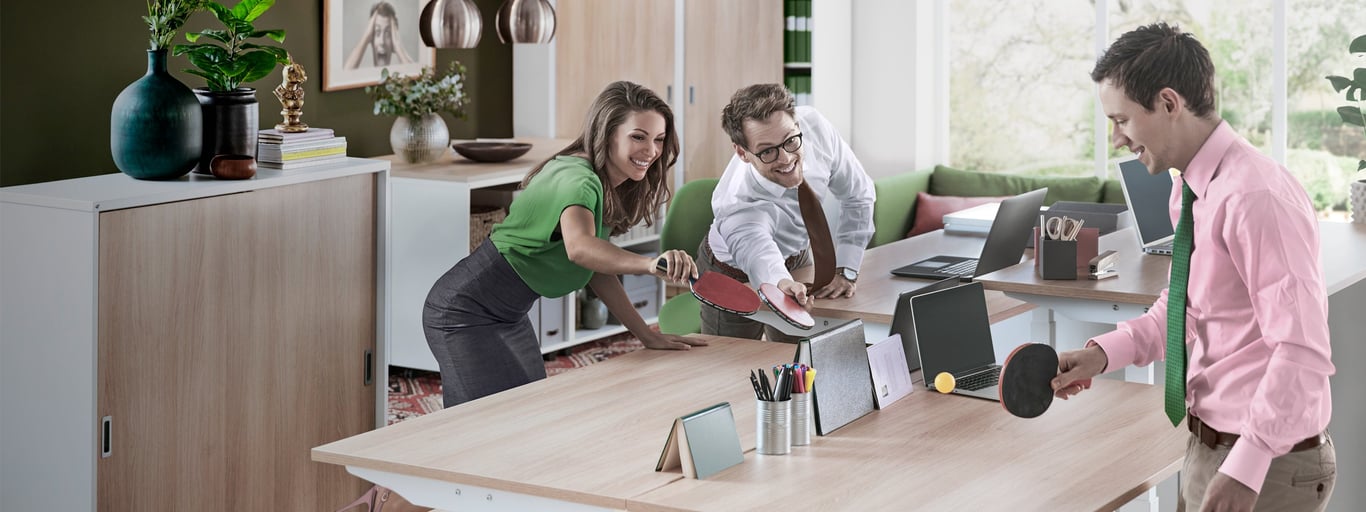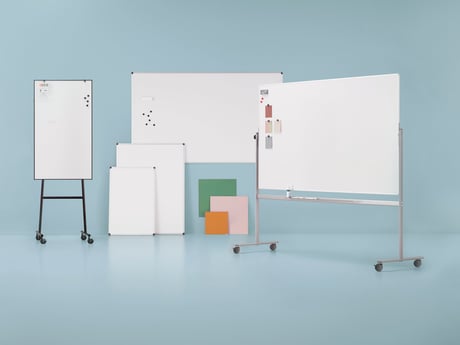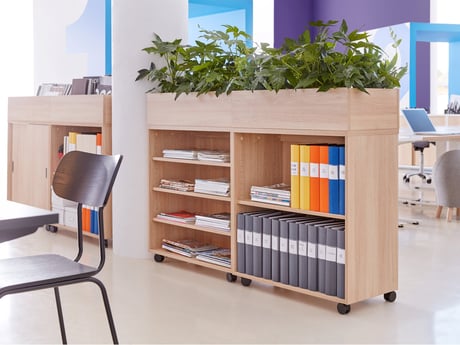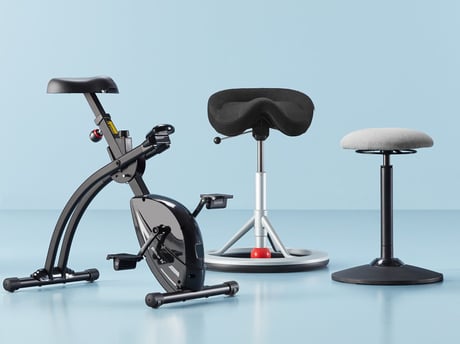
Five steps to build a better team
Working in a team gives people a strong sense of belonging and security, which makes them feel that they are contributing to a productive work environment and developing as an individual, but what makes some teams more effective than others? Here are five tips on how you and your colleagues can create a successful team and create a healthy work culture!
1. Set common goals and rules
A clear and attractive goal is inspiring for many of us. Start by outlining the group's purpose and roles. If the entire team has the same vision and approach to the work from the beginning, it will be easier for everyone to collaborate. You also need to put in place some guidelines that everyone can relate to so that people can feel equal.
2. Learn from one another!
You can benefit from the knowledge and personalities of the other team members. Successful teams often consist of people with complementary character traits and skills. Make sure that your dream team has an "implementer" who organises, plans and makes things happen, a "strategist" who gathers information and makes plans based on analyses, an "influencer" who is creative and identifies opportunities, and a "relationship builder" who ensures that the entire team is positive, efficient and on track.
A clear and attractive goal is inspiring for many of us. Start by outlining the group's purpose and roles. If the entire team has the same vision and approach to the work from the beginning, it will be easier for everyone to collaborate. You also need to put in place some guidelines that everyone can relate to so that people can feel equal.
2. Learn from one another!
You can benefit from the knowledge and personalities of the other team members. Successful teams often consist of people with complementary character traits and skills. Make sure that your dream team has an "implementer" who organises, plans and makes things happen, a "strategist" who gathers information and makes plans based on analyses, an "influencer" who is creative and identifies opportunities, and a "relationship builder" who ensures that the entire team is positive, efficient and on track.
3. Having fun together
A cohesive team is a committed team! Finding things out together and having fun outside of working hours gives you a better opportunity to get to know one other. Create a real team spirit by taking part in activities together – preferably a team sport, a cooperation exercise or another fun team-building event.
4. Maximise your meetings
Don't let meetings be all about information. See them as a creative opportunity to move forward in your work. Combine half days for training, short decision-making meetings to make progress, quick standing meetings for coordination, active "walk-and-talk" meetings outdoors and slightly longer conferences where you have time to be creative and get to know each other better. You can share information in a weekly newsletter sent by e-mail, for example.
5. Take stock regularly
You should follow up on results, both negative and positive, on an ongoing basis to ensure that the team is working together in the best possible way. This increases learning within the team and highlights opportunities for improvement. Ask each other questions such as "What worked well?", "What worked less well?" and the important question: "What did we learn from this and how can we work better together next time?"
Read our tips for a creative canteen room
A cohesive team is a committed team! Finding things out together and having fun outside of working hours gives you a better opportunity to get to know one other. Create a real team spirit by taking part in activities together – preferably a team sport, a cooperation exercise or another fun team-building event.
4. Maximise your meetings
Don't let meetings be all about information. See them as a creative opportunity to move forward in your work. Combine half days for training, short decision-making meetings to make progress, quick standing meetings for coordination, active "walk-and-talk" meetings outdoors and slightly longer conferences where you have time to be creative and get to know each other better. You can share information in a weekly newsletter sent by e-mail, for example.
5. Take stock regularly
You should follow up on results, both negative and positive, on an ongoing basis to ensure that the team is working together in the best possible way. This increases learning within the team and highlights opportunities for improvement. Ask each other questions such as "What worked well?", "What worked less well?" and the important question: "What did we learn from this and how can we work better together next time?"
Read our tips for a creative canteen room
Get the latest product launches and offers sent direct to your inbox
Do you want to receive exclusive offers, information about new products and inspiration on how you can improve your workplace? Sign up for our free newsletter and be the first to receive our best offers!Please wait...
*By clicking subscribe, I confirm that I have read the privacy policy.





